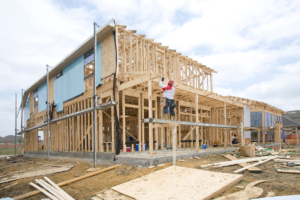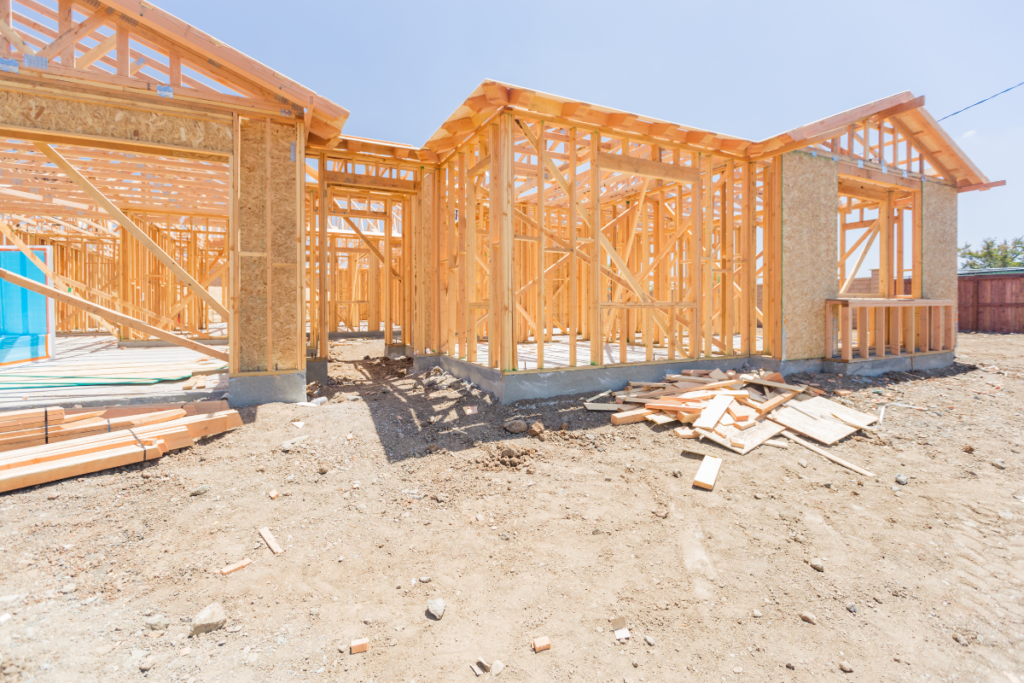 Introduction to Residential Lumber Takeoff Estimating:
Introduction to Residential Lumber Takeoff Estimating:
Lumber takeoff estimating is a crucial process in residential construction, helping builders, contractors, and homeowners to determine the amount of lumber required for a project. The accuracy of a residential lumber takeoff can make or break the success of a construction project, influencing both costs and material management. With the right tools and knowledge, residential lumber takeoff estimating allows construction teams to avoid costly overruns, reduce waste, and ensure that the right materials are always on hand. In this article, we will discuss the importance of residential lumber takeoff estimating, its steps, and how modern technology can simplify the process.
What Is Residential Lumber Takeoff Estimating?
Residential lumber takeoff estimating is the process of calculating the quantity of lumber required for a residential construction project. It includes framing, decking, and other wood-based elements of a home. This estimation plays a significant role in budgeting and planning, as it directly influences the cost of materials and helps prevent over-ordering or under-ordering lumber.
For a residential construction project to run smoothly, having an accurate estimate of the required lumber is essential. Inaccurate estimates can result in delays, cost overruns, or material shortages, all of which can negatively impact the project.
Why Is Residential Lumber Takeoff Estimating Important?
- Cost Control: Estimating the correct amount of lumber ensures that you only purchase what is necessary, preventing wasted materials and unnecessary costs. This is particularly important in today’s market, where lumber prices can fluctuate significantly. Residential lumber takeoff estimating helps maintain control over the budget by preventing material overstocking.
- Time Management: Having a proper lumber takeoff estimate helps prevent project delays caused by running out of materials. When the right amount of lumber is ordered in advance, construction can proceed without interruptions, making the project more efficient.
- Waste Reduction: Ordering too much lumber can lead to excess materials, which often end up as waste. By accurately estimating the required quantity, contractors can reduce waste, contributing to a more environmentally friendly project.
- Improved Project Planning: A well-done residential lumber takeoff estimating process ensures that the project schedule aligns with material deliveries. This planning helps avoid issues like stock shortages, enabling the project to stay on track and on time.
Steps in Residential Lumber Takeoff Estimating
- Examine Blueprints and Plans: The first step is to carefully review the project’s architectural blueprints or design plans. These plans will provide detailed information about the dimensions, layout, and structural requirements of the home, which are crucial for estimating the amount of lumber required.
- Identify Lumber Requirements: Based on the plans, identify the specific lumber components required for different sections of the house, such as framing, decking, roofing, and siding. Consider factors like wall studs, roof trusses, floor joists, and beams.
- Measure Quantities: For each lumber component, measure the linear feet or square footage required. This includes calculating the length, width, and thickness of the lumber pieces needed for framing walls, floors, and roofs.
- Apply Waste Factor: In any construction project, some waste is inevitable. It’s common practice to add a waste factor of 5-10% to the total amount of lumber to account for cutting errors, defective pieces, or design changes during construction.
- Select Lumber Types and Sizes: Determine the types and sizes of lumber that will be used for different sections of the project. Common types of lumber include dimensional lumber (such as 2x4s and 2x6s) and engineered wood products like plywood or oriented strand board (OSB).
- Calculate Total Costs: Once the quantities of lumber are measured, calculate the total cost based on current market prices. This step is essential for accurate budgeting and helps avoid unexpected expenses.
- Review and Adjust: Finally, review the lumber takeoff estimate to ensure accuracy. Adjust the quantities if necessary based on changes to the project scope or materials used.
Common Challenges in Residential Lumber Takeoff Estimating
- Complex Plans: Some residential projects have highly detailed architectural plans, which can make the lumber takeoff estimating process more complex. Interpreting complex plans requires precision to ensure the correct amount of materials are ordered.
- Material Price Fluctuations: Lumber prices are known to fluctuate due to market conditions. Estimating costs based on today’s prices may not be accurate if the project extends over a long period. It’s crucial to factor in potential price increases during the estimation process.
- Project Changes: Construction projects are often subject to design changes, which can impact the lumber takeoff. It’s important to revise estimates whenever the project’s scope or design is modified to avoid material shortages or surpluses.
- Human Error: Manual estimating can be prone to human error, leading to inaccuracies. This is where modern technology can make a big difference in the residential lumber takeoff estimating process.
Using Technology for Residential Lumber Takeoff Estimating
Modern technology has made the residential lumber takeoff estimating process faster and more accurate than ever. Estimating software allows contractors to input project blueprints and automatically calculate the required materials, reducing the risk of human error. Here are some benefits of using technology for lumber takeoff:
- Speed and Efficiency: Automated takeoff software can process complex plans and provide material estimates within minutes, significantly faster than manual calculations.
- Accuracy: Software tools reduce the likelihood of errors in measurements and calculations, ensuring that the estimate is as precise as possible.
- Integration with Suppliers: Many estimating tools are integrated with lumber suppliers, allowing contractors to get real-time pricing and place orders directly from the software.
- Data Management: Estimating software helps track all aspects of the project, from material quantities to costs. This makes it easier to manage multiple projects simultaneously and stay organized throughout the construction process.
In conclusion, residential lumber takeoff estimating is a vital step in any home construction project. By accurately calculating the amount of lumber required, contractors and homeowners can control costs, reduce waste, and ensure efficient project management. While challenges such as complex plans and fluctuating material prices exist, leveraging modern technology can significantly streamline the estimating process. With the right approach to lumber takeoff estimating, your next residential construction project can be both cost-effective and successful.
Are you looking for the best estimating services in USA?
Look no further than “https://zionestimating.com”
They are offering top-notch services like;
- Construction/cost estimation
- Budget planning
- Material takeoff
- Equipment estimation
and further more!!!
Here are some more information for your convenience:
Phone no. : +1 718-427-9941 || +1 562-383-6177
Email:[email protected]
Visit their blogs and site
https://zionestimating.com for the latest updates and service tips!
